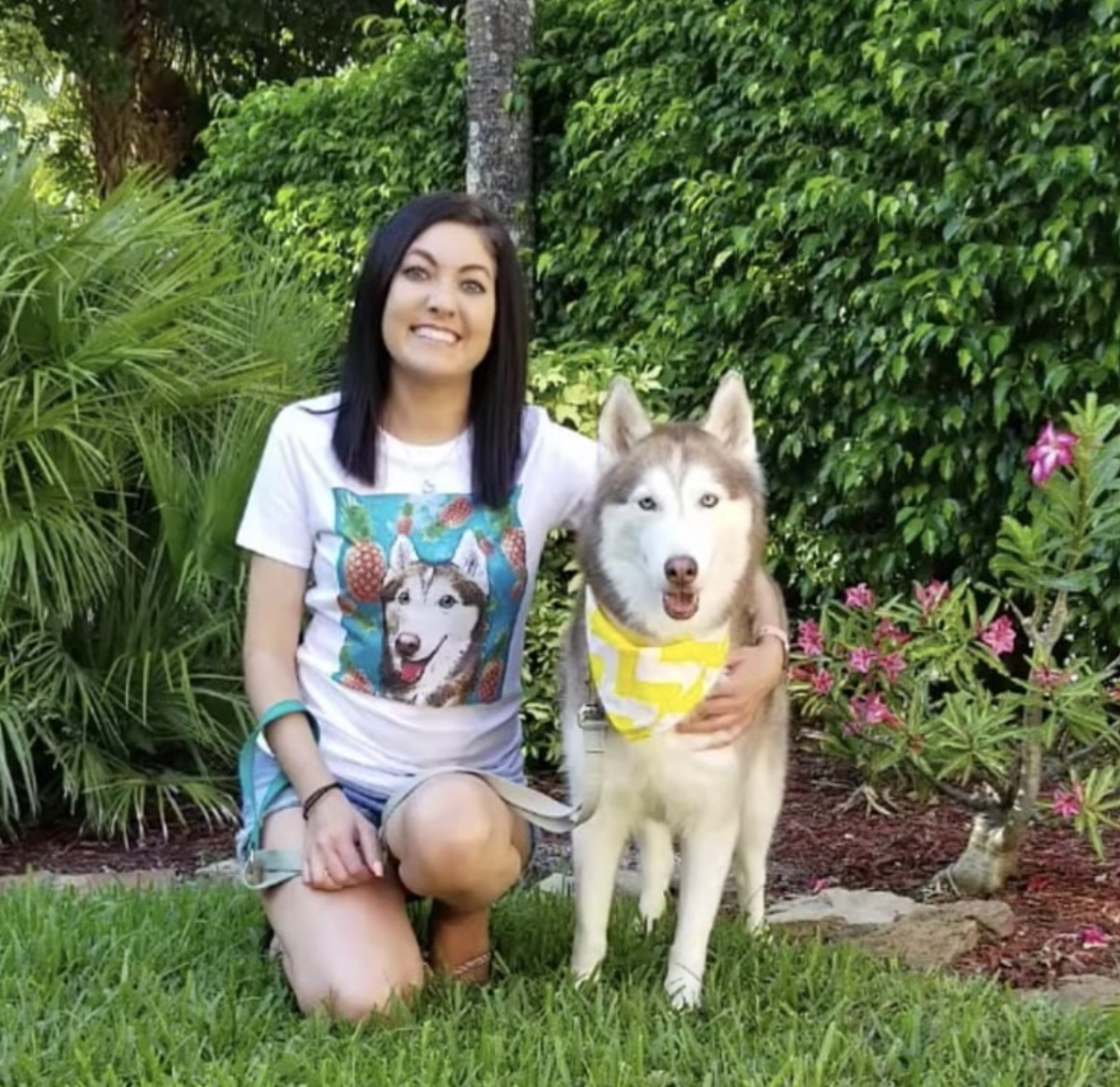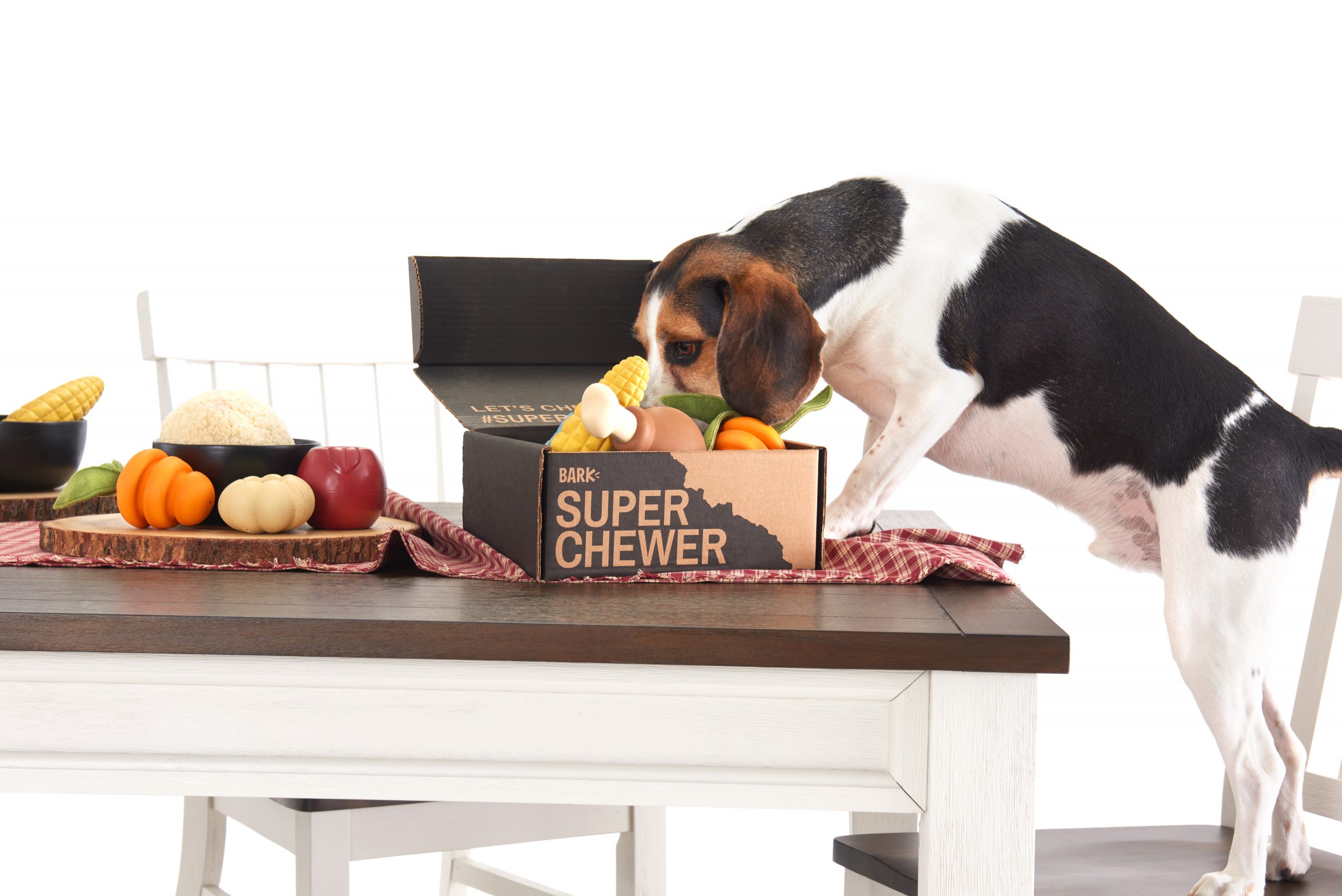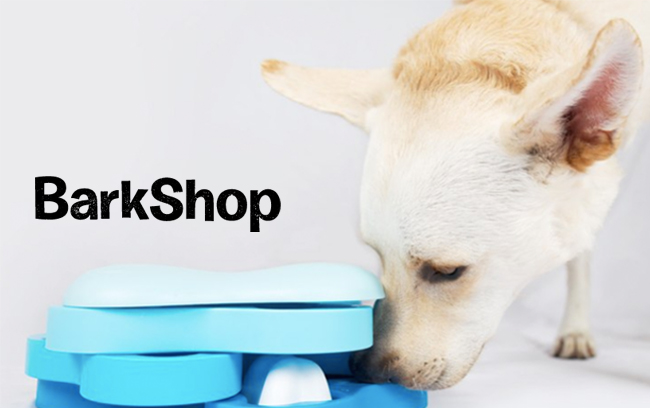Our dog’s idea of switching to a new food probably looks more like them scarfing down one bowl filled with their old food, followed by them excitedly shoving us out of the way and devouring an entire second (or third) bowl of their new food. Cue a little taste-bud fiesta of new flavors in their mouth. They’d be so proud of themselves, of course! At least for a while, until the inevitable happens… cue the erupting volcano butt.
Luckily for our pups (and their bums), us humans have some tips up our sleeves on how to easily switch to a new dog food, helping keep their fuzzy trousers free from “mud-butt” and their tummy troubles tamed.
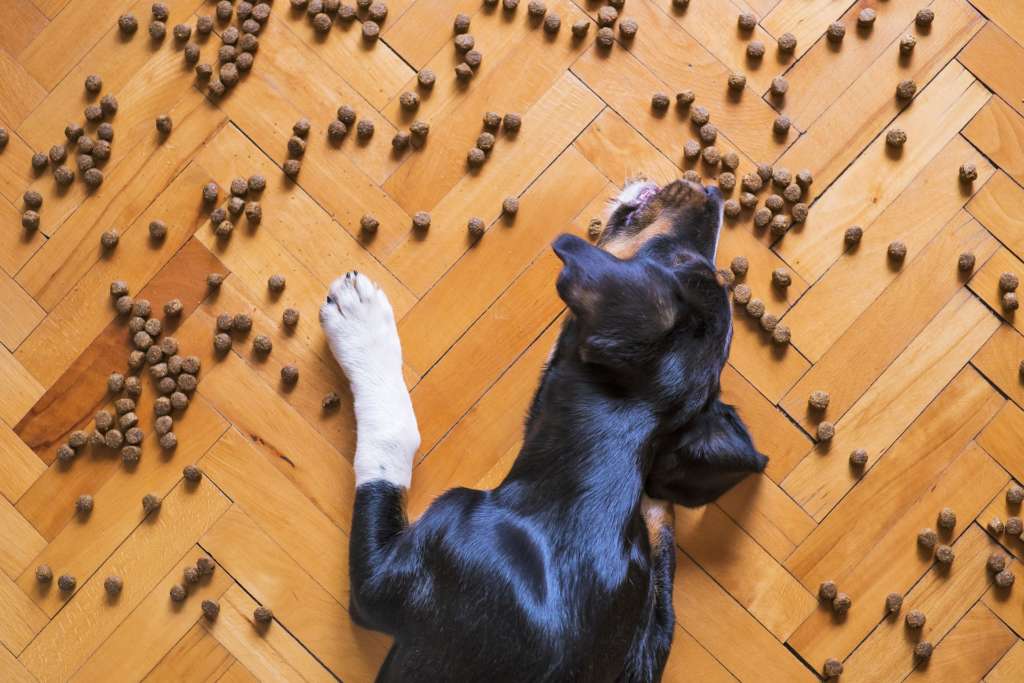

Why Switch Your Dog’s Food?
First, let’s take a look at a few reasons you may be considering switching to a new dog food:
- You want to feed a higher quality food
- Your pup needs to gain or lose weight (de-chonkify or chonk-up)
- It’s time to change from puppy food to adult dog food
- New or existing health concerns or allergies
- They’re getting older
- Breed-specific concerns
- Wanting to transition foods from wet to dry, or vice-versa


Related Article: 11 Dry Dog Food Brands That Have Never Had A Recall
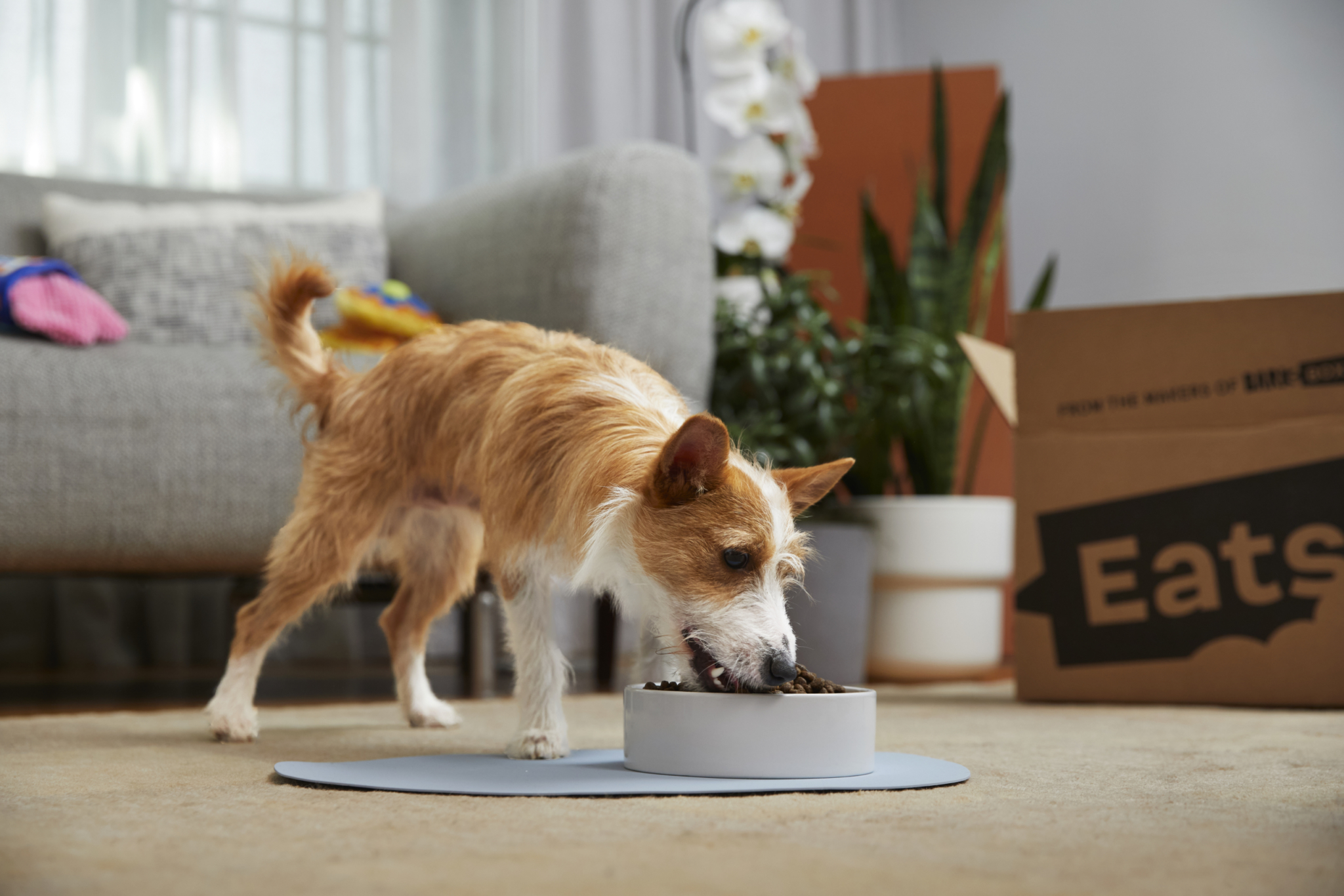

The Best Way To Switch To A New Dog Food
The key to switching to a new dog food successfully is gradually making the transition from your dog’s old food to their new diet over multiple days. It would look something like this:
- Day 1-2: 25% new diet and 75% old diet
- Day 3-4: 50% new diet and 50% old diet
- Day 5-6: 75% new diet and 25% old diet
- Day 7: 100% new diet!
If you start seeing signs of diarrhea or changes in appetite, you may need to slow down your transition. Vomiting and nausea aren’t really a normal part of food transitions, so if you see these signs, slow down the transition but also consider calling your vet to check in. A longer transition over weeks instead of days can be especially important for pups with food sensitivities, gastro issues, allergies, and picky eating habits. A longer transition may look like this:
- Week 1: 25% new diet and 75% old diet
- Week 2: 50% new diet and 50% old diet
- Week 3: 75% new diet and 25% old diet
- Week 4: 100% new diet!
If issues continue to worsen with the appearance of vomiting, persistent diarrhea, nausea, or change in appetite, or you see signs of external skin issues like inflammation, itching, hair loss, rashes, or hot spots, it’s time to talk to your vet.
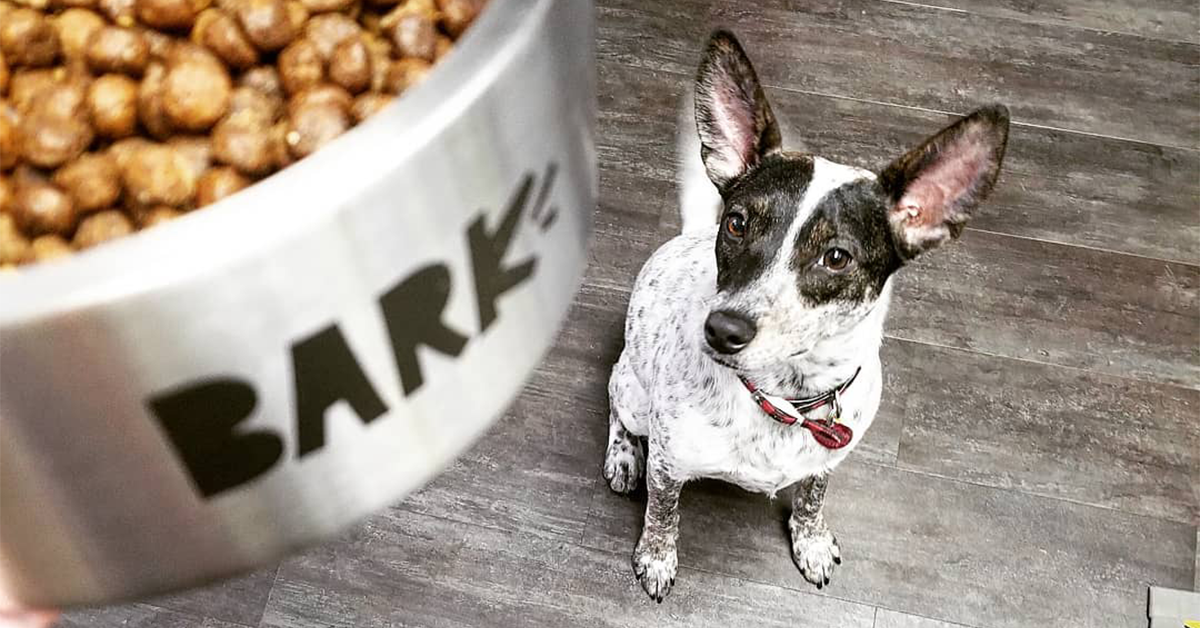

Monitor Your Dog’s Health: Become the Poop Supervisor
During the diet switch it’s important to monitor your pup’s digestive health by keeping an eye on their poo (not, like, in a weird way where you concern your neighbors)—a quick glance is all it takes. Consistency and color can help determine how well their body is handling the switch. Slight changes will be normal, but anything drastic should be mentioned to a vet.
Lucky for you, there’s a link right here to learn more about poo shapes and colors! It is truly your lucky day, you’re welcome.
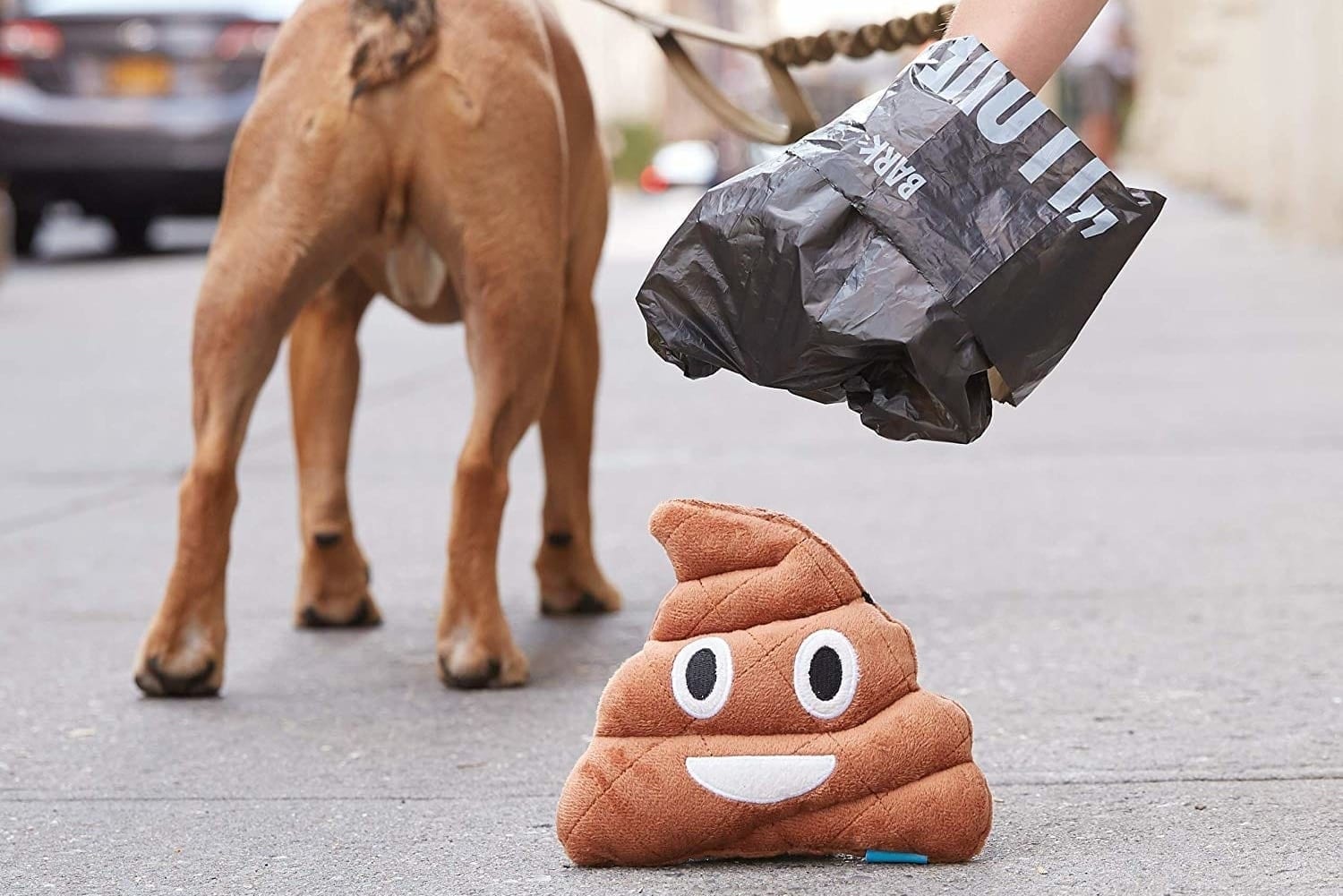

Should My Dog Fast? Meal Fasting Dos And Don’ts
Generally, fasting (no food, but water is ok) should only be deliberately pursued if your vet recommends it. There are some conditions where your vet may suggest “resting” the tummy before giving food again—like severe tummy upset—but in most of those cases, the fast is followed by a bland diet rather than a new kind of commercial kibble.
In other cases, dogs whose current food is causing big problems may need to come off that food abruptly (no gradual transition). In these cases, your vet will recommend a nice, bland food (or otherwise appropriate food for your dog) to switch to without a transition.
The point here is, don’t jump into a fast without a good reason and a thumbs up from your vet.
Fasting Dos:
- Talk to your veterinarian before having your dog begin a fast.
- Remove all food for 24 hours.
- Keep the dog treats in the cupboard for the day (no cheating, not even for the puppy eyes!).
- Avoid heavy exercise or exertion for the day.
- Continue to provide plenty of water.
Fasting Don’ts:
- Fasting with puppies, pregnant, or lactating dogs.
- Fasting with dogs who have health issues such as cancer, diabetes, or are taking prescription meds.
- Withholding food for more than 24 hours.
- Giving any table scraps.
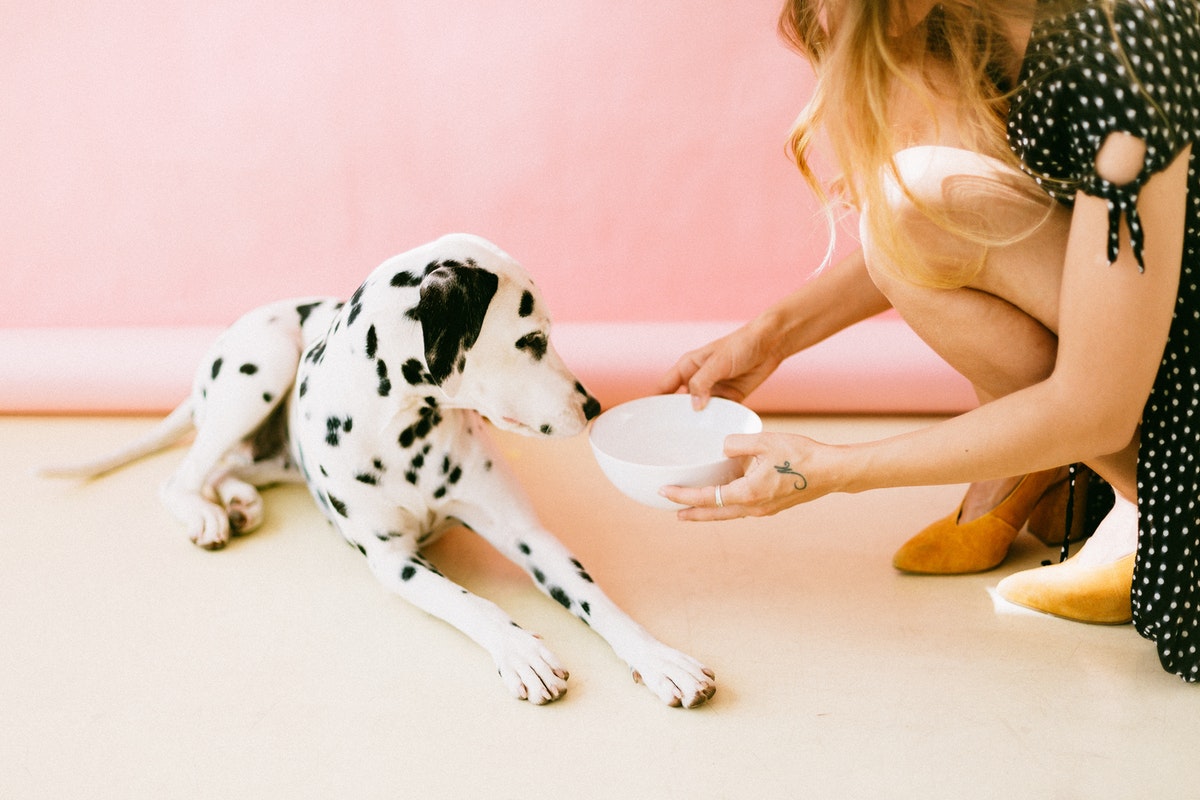

This article has been reviewed by Margo Hennet, DVM.
Margo Hennet, DVM, cVMA, and veterinarian at BARK is a canine nutrition, health, & wellness connoisseur. She has a combined 10 years of experience in clinical medicine, research, and education—that’s 70 dog years of know-how—and graduated from Colorado State University as a Doctor of Veterinary Medicine. She completed specialized training in internal medicine prior to working as a general practitioner in Colorado, has authored peer-reviewed publications and textbook chapters, holds certification in veterinary medical acupuncture, and is a member of the American Academy of Veterinary Nutrition and American Veterinary Medical Association.

